"When The Levees Broke: A Requiem In Four Acts" (2006)

An In-Depth Review of the Hurricane Documentary: "When the Levees Broke: A Requiem in Four Acts" (2006)
- Introduction
- Documentary Details
- How "When the Levees Broke: A Requiem in Four Acts" (2006) Portrays Hurricanes
- Key Aspects of "When the Levees Broke: A Requiem in Four Acts" (2006)
- Comparing "When the Levees Broke: A Requiem in Four Acts" (2006) to Other Hurricane Movies
- Popular Opinion and Reception of "When the Levees Broke: A Requiem in Four Acts" (2006)
- Frequently Asked Questions
- Conclusion
Introduction
When it comes to cinematic portrayals of hurricanes, few documentaries have managed to capture the devastation and aftermath of these natural disasters as powerfully as Spike Lee's "When the Levees Broke: A Requiem in Four Acts" (2006). This documentary takes an unflinching look at the impact of Hurricane Katrina, which devastated New Orleans and other parts of the Gulf Coast in 2005, and its aftermath. It features interviews with survivors, government officials, and activists and uses various cinematic techniques to convey the emotional toll of the disaster. In this article, we'll take a closer look at this powerful documentary and its portrayal of hurricanes.
Documentary Details
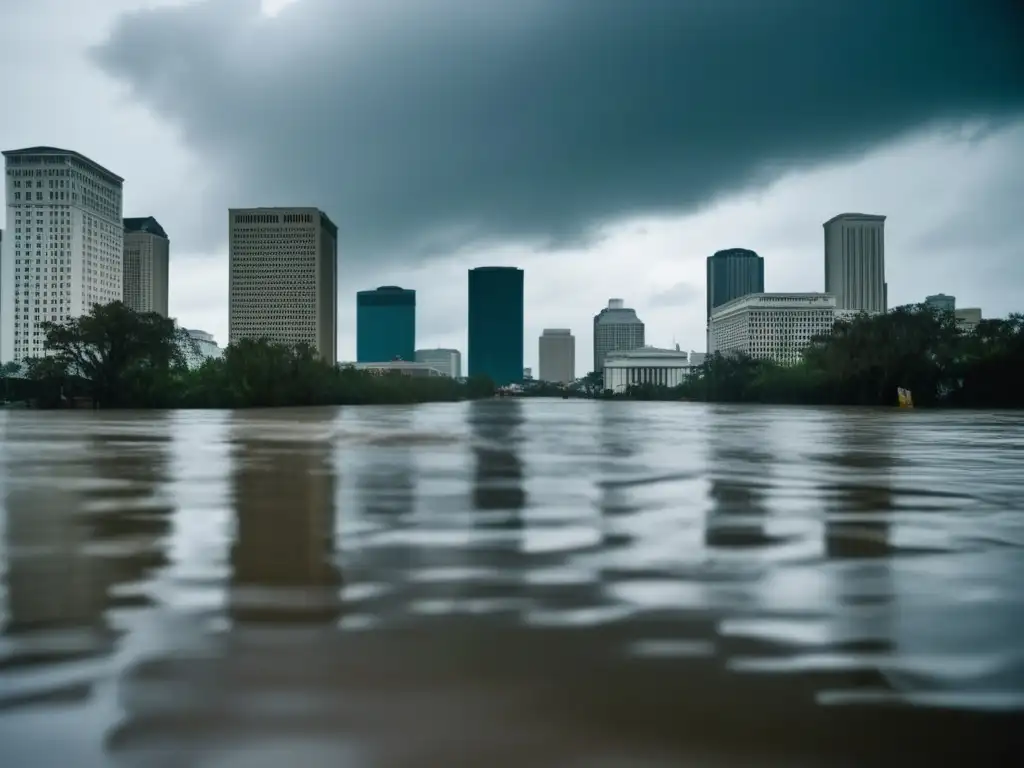
- Documentary Title: "When the Levees Broke: A Requiem in Four Acts"
- Director: Spike Lee
- Producer: Sam Pollard
- Release Year: 2006
- Additional Interesting Facts: The documentary was originally conceived as a two-hour project but was expanded to four hours after many of the interviewees requested more screen time to tell their stories. The title of the documentary is a reference to the traditional Catholic requiem mass, which is divided into four parts: Introit, Kyrie, Sequence, and Offertory.
How "When the Levees Broke: A Requiem in Four Acts" (2006) Portrays Hurricanes

The Role of Hurricanes in the Plot
Hurricane Katrina is not only a major plot point but is, in fact, the central event of the documentary. The film follows the impact of the storm on the city of New Orleans, the government's response to the disaster, and the people affected by it. The hurricane serves as a catalyst for the different storylines that unfold throughout the film, from the failures of the levee system to the abandonment of the city's most vulnerable citizens.
Potential Scenarios Where Hurricanes are Depicted
Throughout the documentary, hurricanes are depicted in various ways, from news footage of the storm's approach to interviews with survivors recounting their experiences during the hurricane. One of the most memorable scenes involves footage shot by a group of local filmmakers who documented their harrowing escape from the Lower Ninth Ward neighborhood, which was one of the areas hardest hit by the storm. The footage gives viewers a visceral sense of what it was like to be caught in the middle of a hurricane.
Key Aspects of "When the Levees Broke: A Requiem in Four Acts" (2006)

Storyline and Characters
The documentary follows a nonlinear structure, jumping back and forth in time and featuring interviews with a wide range of people affected by the hurricane, including survivors, government officials, and activists. While there are no traditional "characters" in the documentary, many of the people interviewed become central to the narrative and serve to represent the larger struggles faced by the city in the aftermath of the disaster.
Cinematic Techniques and Special Effects
Spike Lee uses various cinematic techniques to convey the emotional and physical toll of Hurricane Katrina. For example, he uses slow-motion footage to highlight the power of the storm, close-ups of survivors to emphasize their emotional state, and aerial shots to show the scale of the devastation. The documentary also uses archival footage and photographs to contextualize the events of Hurricane Katrina within a broader historical context.
Realism and Accuracy
The documentary is widely regarded as one of the most accurate and realistic portrayals of Hurricane Katrina. Spike Lee spent over a year researching and filming the project and conducted hundreds of interviews with survivors, government officials, and activists. The result is a nuanced and multifaceted portrait of the disaster that avoids simplistic or sensationalized depictions of the event.
Comparing "When the Levees Broke: A Requiem in Four Acts" (2006) to Other Hurricane Movies
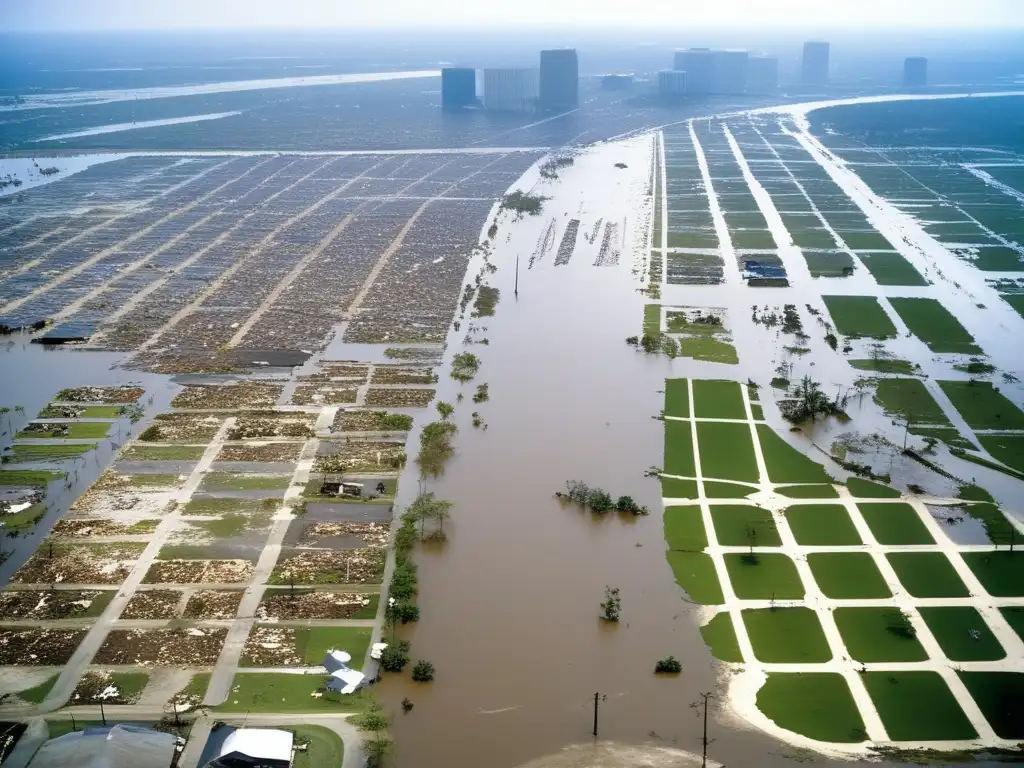
"The Perfect Storm" (2000)
While "The Perfect Storm" is a fictional movie based on a true story, it shares some similarities with "When the Levees Broke." Both films use a disaster as a central plot point and feature a large ensemble cast. However, "The Perfect Storm" focuses more on action and suspense, while "When the Levees Broke" is a more contemplative and emotionally impactful documentary.
"Twister" (1996)
"Twister" is an action-packed movie that uses special effects and thrilling set pieces to portray hurricanes and tornadoes. While both "When the Levees Broke" and "Twister" are concerned with the impact of natural disasters, they take radically different approaches to their depictions. "Twister" is a popcorn movie that prioritizes spectacle, while "When the Levees Broke" is a sobering and highly emotional documentary.
Popular Opinion and Reception of "When the Levees Broke: A Requiem in Four Acts" (2006)
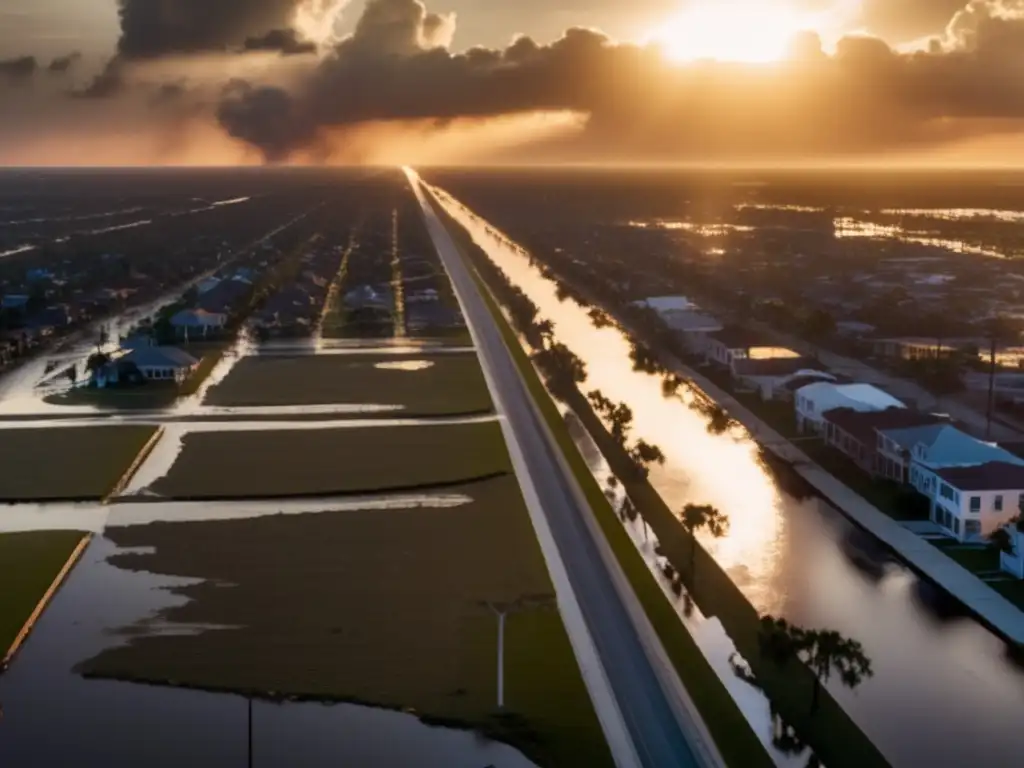
"When the Levees Broke" was widely praised by critics and audiences upon its release. It currently holds a 100% approval rating on Rotten Tomatoes, with many reviewers citing its powerful emotional impact and nuanced portrayal of Hurricane Katrina. The documentary also won several awards and nominations, including a Peabody Award and an Emmy Award for Outstanding Direction.
Frequently Asked Questions

-
What is the main message of "When the Levees Broke"?
The documentary seeks to shed light on the failures of government and other institutions to respond adequately to the needs of the citizens affected by Hurricane Katrina.
-
Is "When the Levees Broke" appropriate for children?
The documentary deals with mature themes, including death, loss, and government incompetence. Parents should use their discretion in deciding whether or not it is appropriate for their children.
-
What impact did "When the Levees Broke" have on Hurricane Katrina relief efforts?
The documentary helped to bring attention to the ongoing struggles faced by the citizens affected by Hurricane Katrina, and contributed to ongoing efforts to improve disaster response and preparedness.
-
What is Spike Lee's background as a filmmaker?
Spike Lee is an award-winning filmmaker known for his socially conscious films that explore issues related to race, culture, and politics. He has directed over 30 films and is widely regarded as one of the most influential directors of his generation.
-
What other documentaries explore the impact of hurricanes?
Other notable documentaries that explore the impact of hurricanes include "Trouble the Water" (2008), which follows the experiences of a family in New Orleans during Hurricane Katrina, and "After the Storm" (2019), which examines the aftermath of Hurricane Maria in Puerto Rico.
Conclusion
"When the Levees Broke: A Requiem in Four Acts" (2006) is a powerful and deeply moving documentary that offers a nuanced and realistic portrayal of Hurricane Katrina and its aftermath. Spike Lee's use of various cinematic techniques and the inclusion of interviews with survivors, government officials, and activists help to contextualize the events of the disaster within a broader historical and political context. The film remains one of the most important cinematic portrayals of hurricanes and their impact on society, and is a must-watch for anyone interested in understanding the devastation caused by these natural disasters.
If you have any thoughts or questions about the documentary or hurricane movies in general, please don't hesitate to share them in the comments section below. And as always, thank you for supporting hurricaneinsider.org!
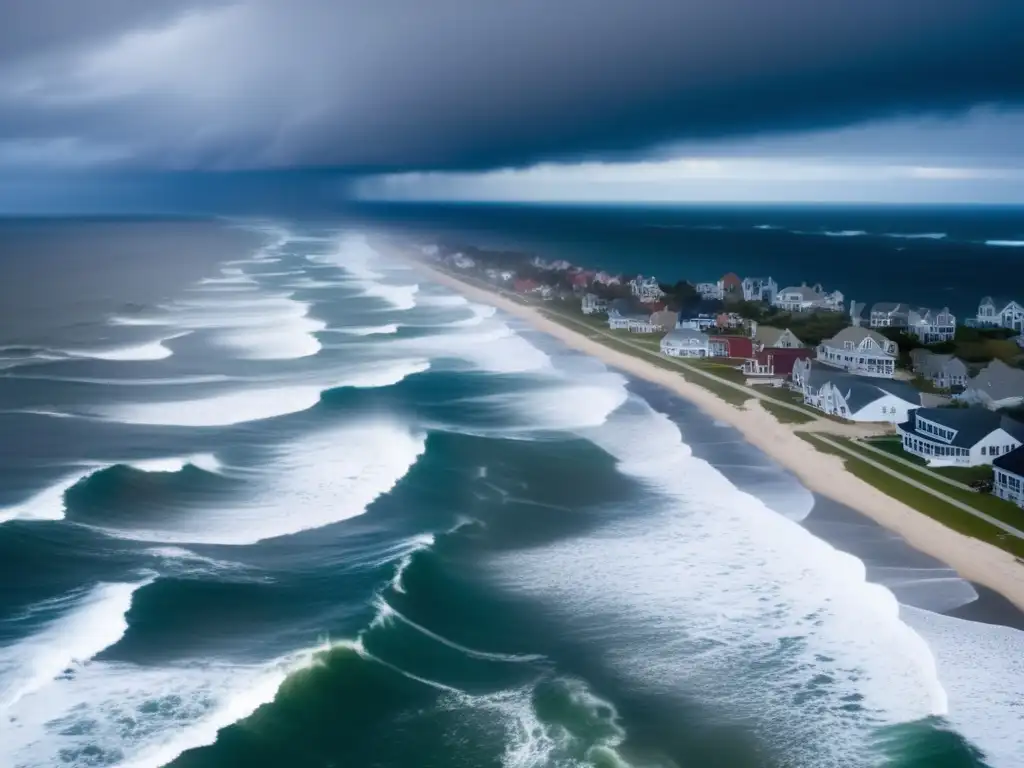 "Nature's Fury: New England's Killer Hurricane" (2012, Documental)
"Nature's Fury: New England's Killer Hurricane" (2012, Documental)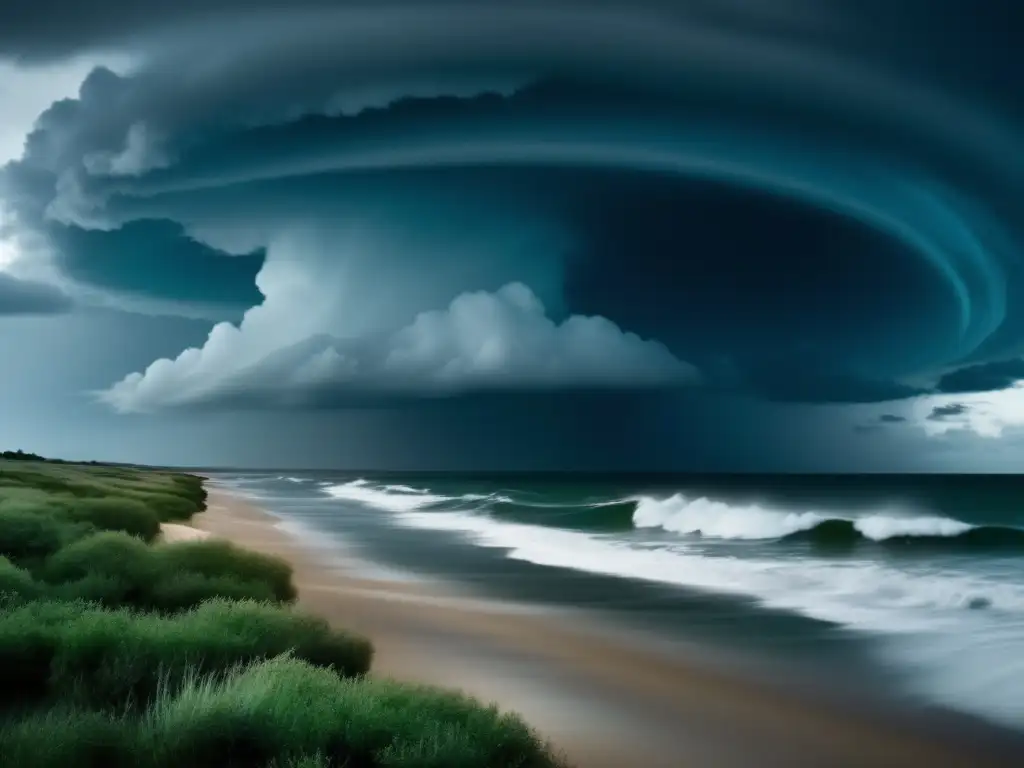 "The Eye Of The Storm" (2012, Documental)
"The Eye Of The Storm" (2012, Documental)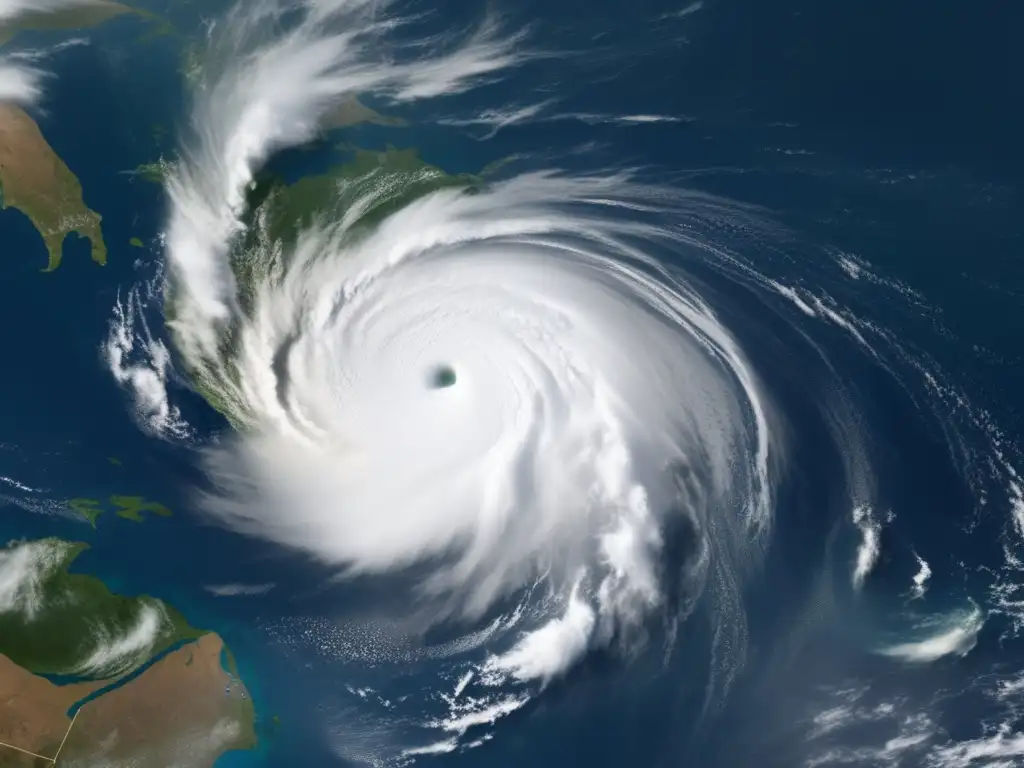 "Hurricane 3D" (2018, Documental)
"Hurricane 3D" (2018, Documental)If you want to discover more articles similar to "When The Levees Broke: A Requiem In Four Acts" (2006), you can visit the Documentaries about Hurricanes category.
Leave a Reply

Articulos relacionados: